Deck & Commander Strategies

Krenko, Mob Boss
Generate large numbers of goblin tokens quickly to overwhelm opponents with sheer numbers and aggressive combat.
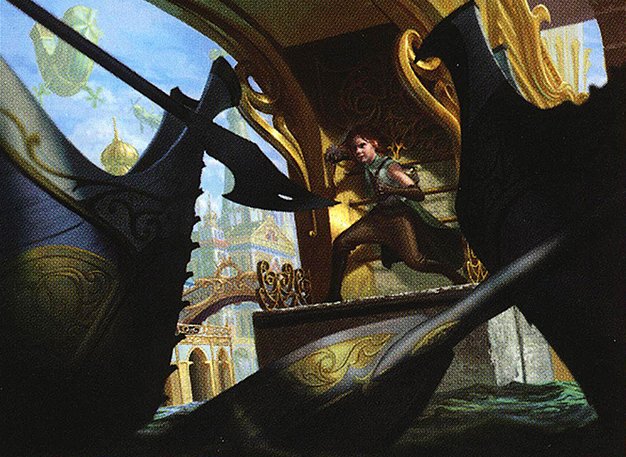
Chandra, Fire of Kaladesh
Apply incremental burn damage and control the board with planeswalker abilities while generating token creatures for offense.
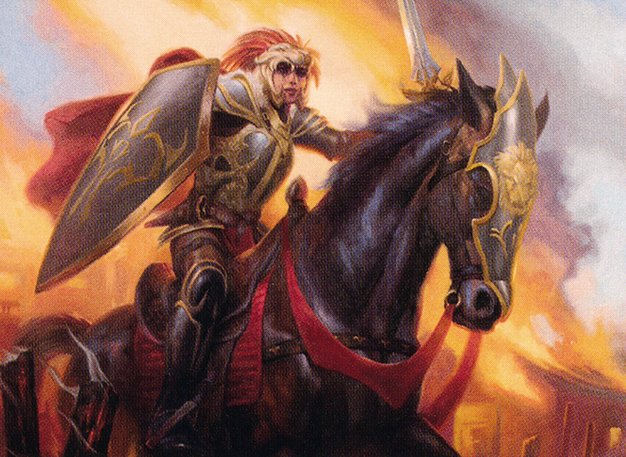
Varchild, Betrayer of Kjeldor
Create and sacrifice red token creatures to deal damage and gain value from shared animosity, focusing on token generation and combat tricks.

Liliana, Heretical Healer
Leverage graveyard recursion and generate zombies alongside Blood Chief Ascension to drain opponents’ life and maintain board presence.
Gameplay Insights
- 1
Martin’s use of Blood Chief Ascension combined with recurring creatures and token generation created a continuous life drain effect, pressuring all opponents consistently.
- 2
Max prioritized layering token pump effects and equipment on Varchild to maximize the damage output during combat, efficiently stacking triggers to overwhelm players.
- 3
Nick’s Pyrohemia was a key source of incremental damage that forced opponents to make tough decisions about board presence, synergizing with the drain effects to accelerate damage.
- 4
Mike’s cautious approach with Krenko, including holding back token creation in response to the draining effects, showed an adaptive strategy to avoid self-inflicted damage.
- 5
Multiple layers of triggers from Shared Animosity and token interactions resulted in complex combat damage calculations that swung life totals dramatically.
Notable Cards
-
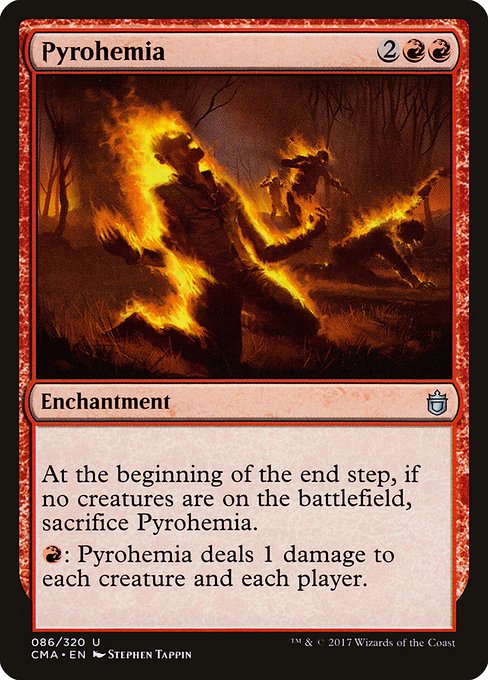
Pyrohemia
-
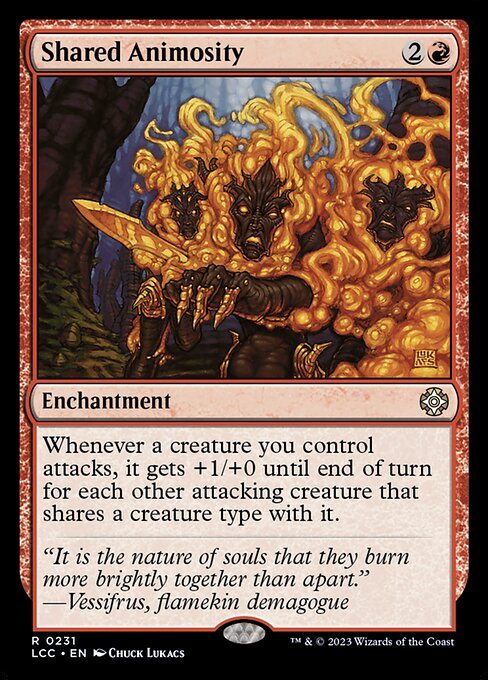
Shared Animosity
-
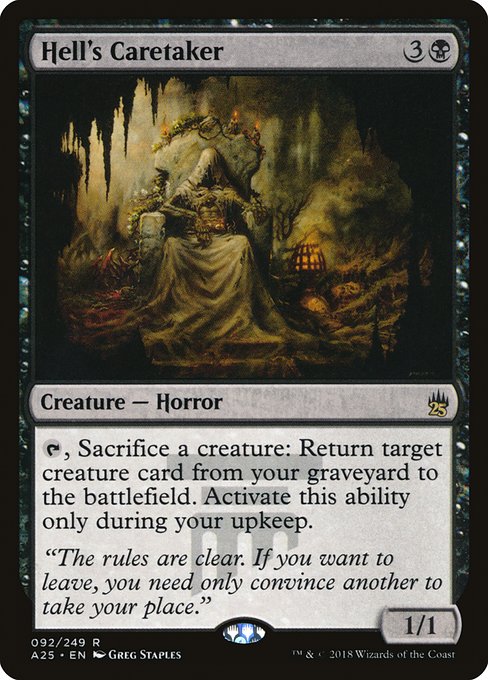
Hell's Caretaker
-

Skullclamp
-
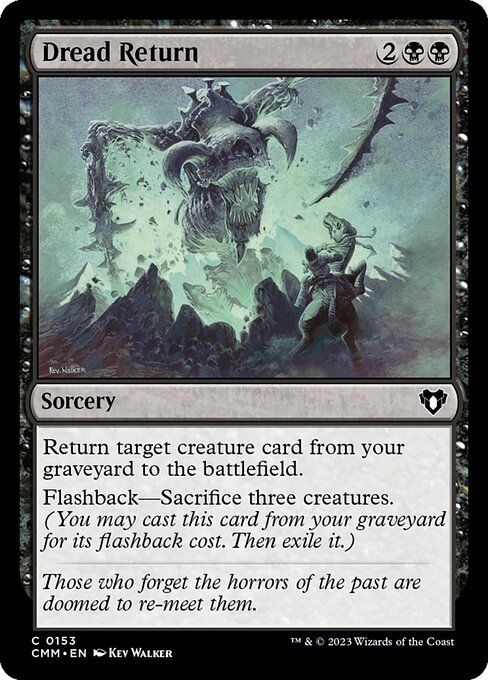
Dread Return
-
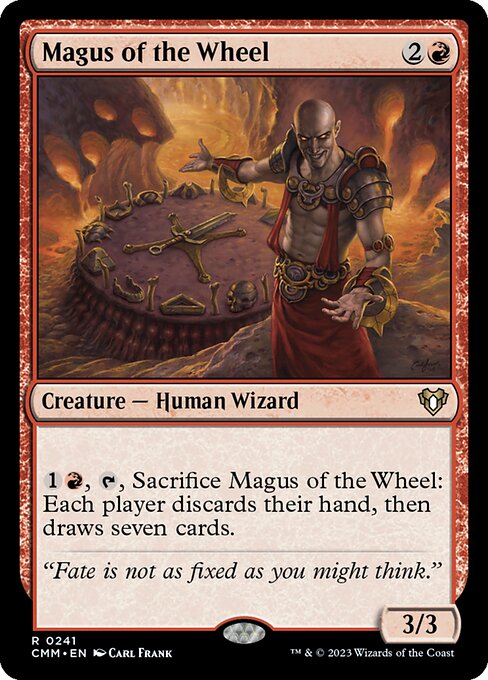
Magus of the Wheel
-
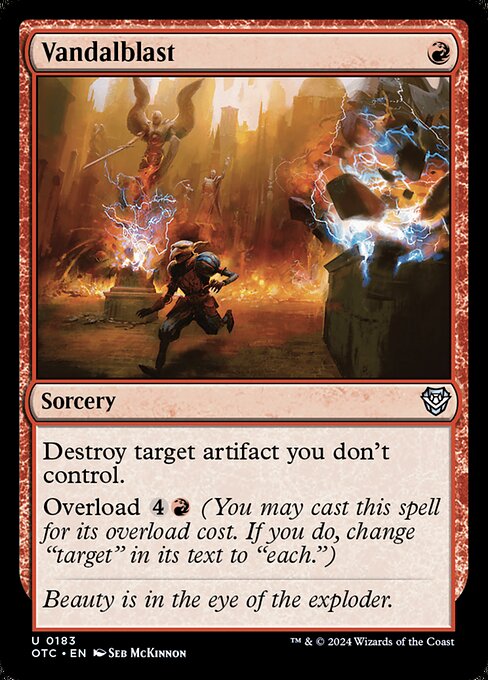
Vandalblast
Gameplay Summary
The game began with all players developing their boards cautiously while deploying key pieces to establish their respective strategies.
Martin’s Liliana deck focused on generating zombie tokens and leveraging Blood Chief Ascension to drain opponents, while Max’s Varchild deck aimed to create numerous tokens and benefit from shared animosity effects.
Nick’s Chandra deck applied steady pressure through burn spells and token generation, and Mike’s Krenko deck worked on producing goblin tokens to overwhelm the board.
Early combat exchanges resulted in several key creatures dying, triggering Liliana's transformation and token creation, while Chandra also flipped back and forth between planeswalker and creature forms, adding complexity to the board state. Midgame saw intense interactions involving multiple board wipes and damage spreads, including Nick’s Pyrohemia dealing incremental damage to all players and creatures, which synergized with Blood Chief Ascension’s drain triggers.
Max's Varchild capitalized on shared animosity and Hannah’s War Garrison to pump his token army, delivering a significant blow to Nick.
Martin leveraged recursion spells like Dread Return and Red Returned to bring back key creatures and maintain board presence, while also generating a large number of survivor tokens that pressured opponents.
Mike’s Krenko occasionally made goblin tokens and equipped his commander with protective auras but was cautious about overcommitting due to the draining effects in play. The game’s pivotal turning points involved the layering of multiple triggers from token generators and combat damage, leading to massive life swings and board state changes.
Martin’s use of Liliana and Blood Chief Ascension to drain life and create tokens proved effective, but the continuous token attacks from Varchild and Krenko kept the pressure high.
Nick’s Chandra provided both direct damage and token support but suffered from the overwhelming token swarms and persistent drain effects.
The match showcased a dynamic interplay of token synergies, incremental damage, and life drain mechanics shaping the evolving battlefield.




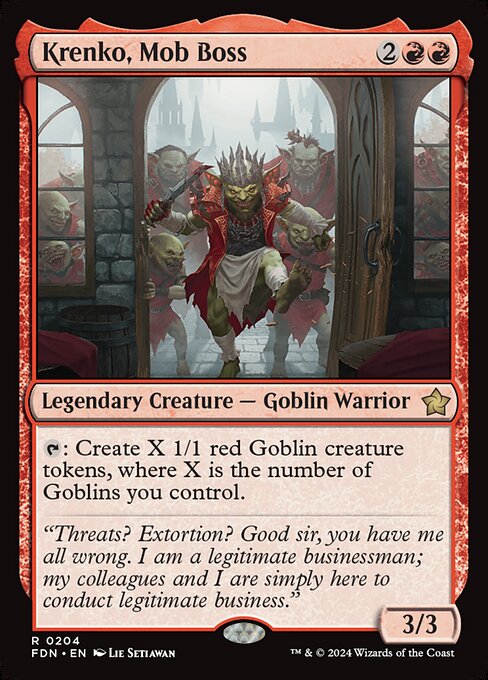











![Commander VS S14E8: Varina vs Damia vs Mina and Denn vs Varchild [EDH] thumbnail](https://i.ytimg.com/vi/JdFaJi1vTn8/sddefault.jpg)

![Mono Color Mayhem | EDH Commander Gameplay [Deutsch] | Salt Wars #13 thumbnail](https://i.ytimg.com/vi/wvyhPj55HWQ/sddefault.jpg)



![Commander Versus Series: Deck Tech - Krenko v. Rhys v. Kangee v. Yeva [MTG Multiplayer] thumbnail](https://i.ytimg.com/vi/dUX1ieofYg0/sddefault.jpg)
![Commander Versus Series: Krenko v. Rhys v. Kangee v. Yeva [MTG Multiplayer] thumbnail](https://i.ytimg.com/vi/7UX55YdwDR4/sddefault.jpg)






![Commander VS S1E1: Nissa v.Jace v. Liliana v. Chandra [MTG Multiplayer] thumbnail](https://i.ytimg.com/vi/_oze3hbkW8g/sddefault.jpg)








![Commander VS S5E1: Liliana vs Tasigur vs Kangee vs The Mimeoplasm [MTG Multiplayer] thumbnail](https://i.ytimg.com/vi/u35l-cgkQEY/sddefault.jpg)



